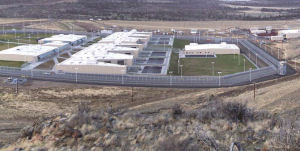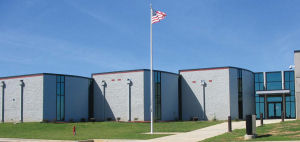Designing for Justice – AIA 2008 Justice Facilities Review
Each year the American Institute of Architects Academy of Architecture for Justice publishes the Justice Facilities Review, which showcases projects throughout the United States that integrate exemplary, proven strategies in the design and construction of justice facilities.
The Justice Facilities Review provides industry professionals with a peer-generated indicator of progressive trends within justice facility architecture.
Read more

 Anchored by the offices of the Sheriff’s Department and boasting two courtrooms and 318 detention beds, the 89,000-square-foot White County Law Enforcement Center combines discrete judicial, enforcement and detention components in an all-in-one justice center tailored to the rural Arkansas community it serves.
Anchored by the offices of the Sheriff’s Department and boasting two courtrooms and 318 detention beds, the 89,000-square-foot White County Law Enforcement Center combines discrete judicial, enforcement and detention components in an all-in-one justice center tailored to the rural Arkansas community it serves.